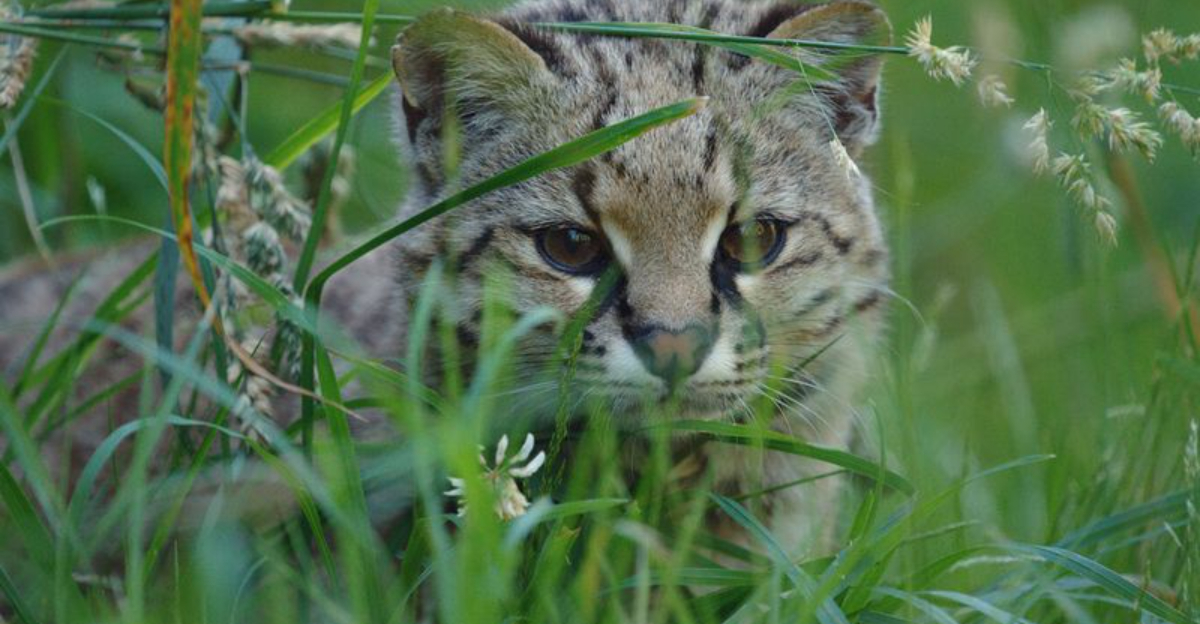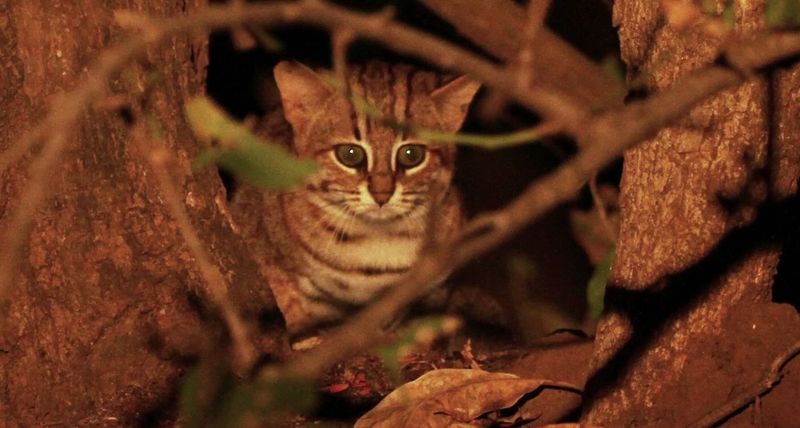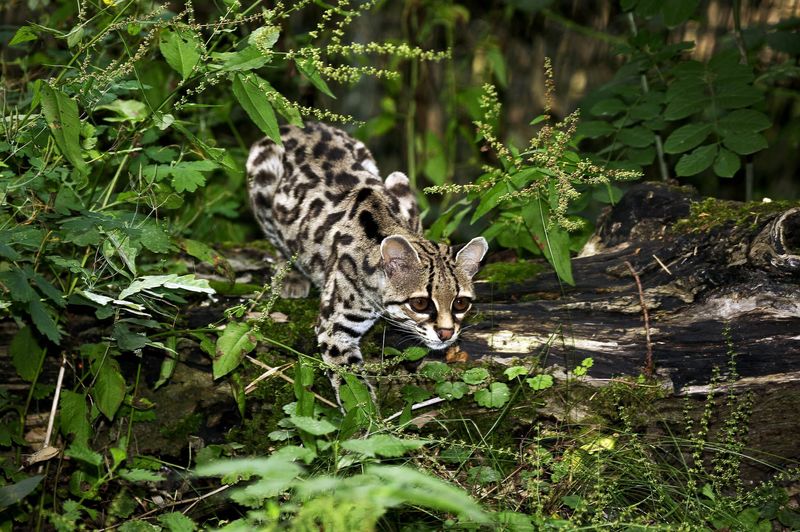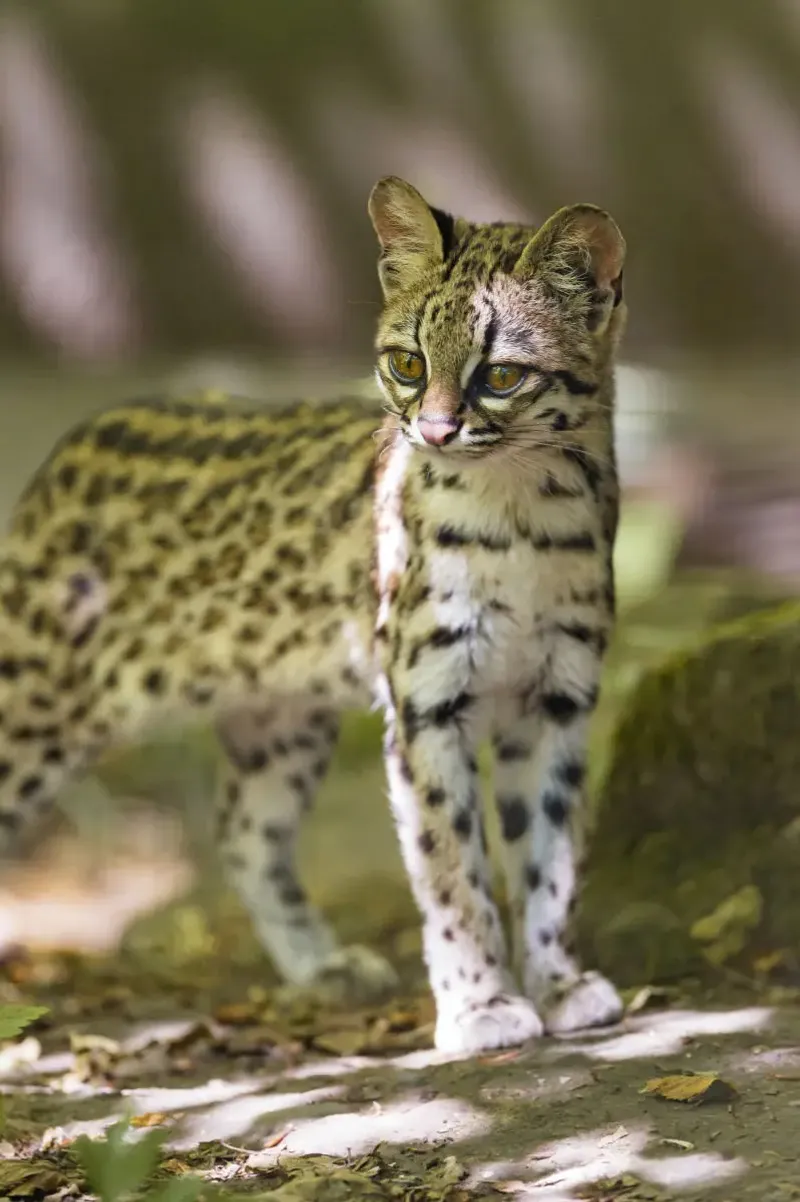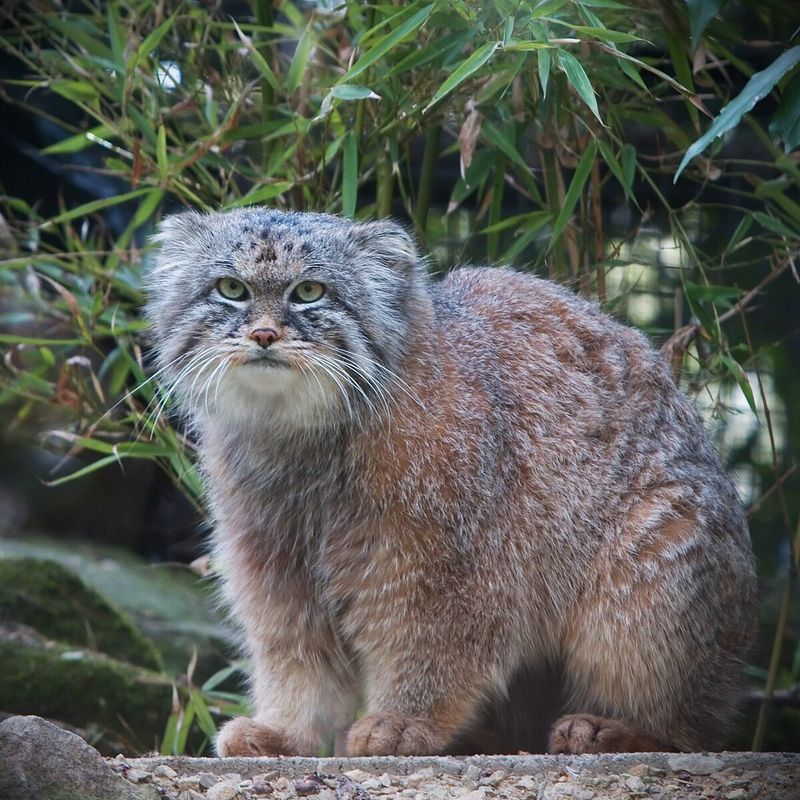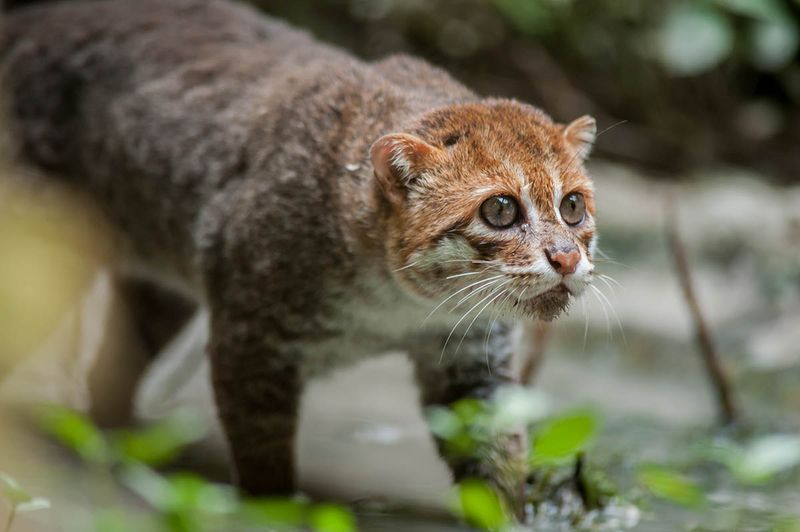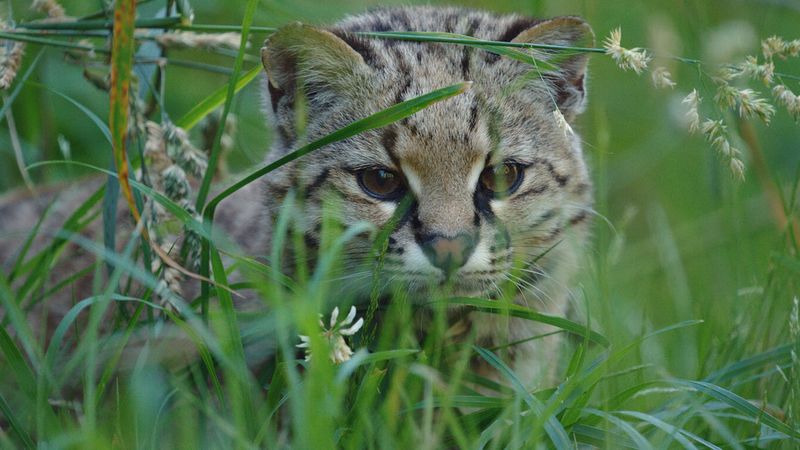📖 Table of Content:
When you think of wild cats, images of majestic tigers, roaring lions, or agile leopards might spring to mind. But there’s an entirely different class of felines that have evolved under the radar—ones that don’t command a savannah but instead tiptoe through dense forests, arid deserts, or misty mountains. These are nature’s miniature marvels: wild cats that are no bigger than your average house cat, and in many cases, even smaller.
Small size in the animal kingdom isn’t always a disadvantage. In fact, for these elusive feline species, it’s a well-honed evolutionary advantage. From navigating thick underbrush to surviving on small prey, their compact forms are perfectly tuned to the ecological niches they’ve mastered. Staying small allowed them to remain agile, discreet, and successful in environments where larger predators might struggle.
Each of these seven cats tells a different story about why staying small was not only favorable—but essential. Whether it’s through their unparalleled stealth, tree-dwelling agility, or capacity to live in extreme climates, these cats are a testament to evolution’s creativity.
1. Black-footed Cat (Felis nigripes)
Hidden under the stars of the African savanna, the black-footed cat moves with deadly precision despite its toy-like size. Weighing as little as two pounds, this fierce feline is considered one of the most effective hunters in the entire cat family.
It survives in dry grasslands and arid deserts where blending into the scrub is key, and its small size makes slipping into rodent burrows and brushy hideouts effortless. Unlike larger cats that rely on brute strength, this one operates on silence, patience, and tireless energy.
Its high metabolism demands frequent meals, driving its near-constant patrol of its territory each night. Known for being extremely solitary and elusive, it rarely tolerates even its own kind except during mating season. Size, in this case, has forged a ghost-like predator that reigns unseen.
2. Rusty-spotted Cat (Prionailurus rubiginosus)
Barely larger than a guinea pig, the rusty-spotted cat holds the title of the smallest wild cat in the world. Found primarily in India and Sri Lanka, its speckled rust-colored fur helps it vanish into dry forests, shrubs, and agricultural lands.
Rather than overpowering prey, it relies on unmatched agility and quick, darting movements to catch birds, lizards, and small mammals. Despite its size, it is incredibly bold—often seen exploring human areas under cover of night in search of food.
Evolution kept it small to help it navigate tight spaces and stay hidden from larger predators. Remarkably, it also climbs and swims with surprising skill, adding to its versatile survival toolkit. This cat proves that even the tiniest predator can thrive in a vast and competitive ecosystem.
3. Margay (Leopardus wiedii)
Gracefully swinging through the rainforests of Central and South America, the margay is a true acrobat of the treetops. Unlike most cats, it spends nearly its entire life off the ground, where agility outweighs strength. Its small, slender frame—paired with unusually flexible ankles that rotate 180 degrees—makes it uniquely adapted for climbing and descending trees headfirst.
Rather than chasing down prey, it stalks birds, eggs, and small arboreal mammals with quiet precision. A nocturnal hunter, it blends into the canopy shadows, making sightings incredibly rare. Shrinking in size wasn’t a limitation—it was an evolutionary leap into a vertical lifestyle. The margay demonstrates that sometimes, nature writes the rulebook on its own terms.
4. Oncilla (Leopardus tigrinus)
Easily mistaken for a miniature ocelot, the oncilla boasts a beautiful, spotted coat that conceals it among the leaf litter of South American forests. This secretive cat favors remote cloud forests and mountainous regions, where its small body helps it squeeze through tight spaces and remain undetected. Evolution crafted it with stealth and camouflage in mind, allowing it to hunt insects, reptiles, and rodents in peace.
Unlike its flashier cousins, the oncilla keeps a low profile, rarely seen and even more rarely studied in the wild. Shrinking in size reduced competition with bigger carnivores and allowed it to dominate its niche. Notably agile and fast despite its size, it’s a stealth master with a stunning wardrobe. The oncilla is a whisper in the wild, barely seen, never heard.
5. Pallas’s Cat (Otocolobus manul)
Fluffy like a cartoon character but built for survival, Pallas’s cat is a curious blend of cuteness and adaptation. Despite its deceptively large appearance—thanks to its thick, long fur—this cat is actually quite small and stout, perfect for life in the frigid, open plains of Central Asia.
Unlike sprinters, it’s a slow mover that depends on remaining still and blending in with rocky outcrops to ambush its prey. Nature didn’t require it to grow larger; instead, it became a master of staying warm and hidden. Its flat face and wide-set eyes help it scan open landscapes while minimizing motion detection from prey.
Short limbs make it less agile but better suited for low-profile stalking. In the harsh cold, size balance meant survival, and Pallas’s cat figured it out millennia ago.
6. Flat-headed Cat (Prionailurus planiceps)
Odd-looking and aquatic by nature, the flat-headed cat swims against the current—both literally and evolutionarily. Living along riverbanks in Southeast Asia, it’s one of the few felines known to rely heavily on water for hunting.
Evolution gave it a uniquely flat skull and long snout to better peer into the water and catch slippery prey like fish and frogs. Staying small allows it to stealthily approach shallow streams without making a splash. Its webbed feet add to its fishing prowess, distinguishing it from almost every other cat on Earth.
The pressures of a semi-aquatic lifestyle demanded specialization, not size. In a world where most cats avoid water, this one made it home.
7. Kodkod (Leopardus guigna)
Deep in the temperate rainforests of Chile, the kodkod makes its rounds under the dense canopy with the confidence of a ghost. It is South America’s smallest wild cat, yet one of the boldest, often seen prowling during both night and day in search of prey.
Tiny stature allows it to navigate thick bamboo groves and tangled vines with ease, where larger animals would struggle. Nature sculpted the kodkod for secrecy and agility, equipping it with tree-climbing skills and silent steps.
It hunts birds, reptiles, and rodents with sharp precision, thriving in environments that would challenge bigger felines. As forests shrink, the kodkod’s size becomes both blessing and curse—easy to hide, but vulnerable. It’s a quiet king in a vanishing kingdom.
